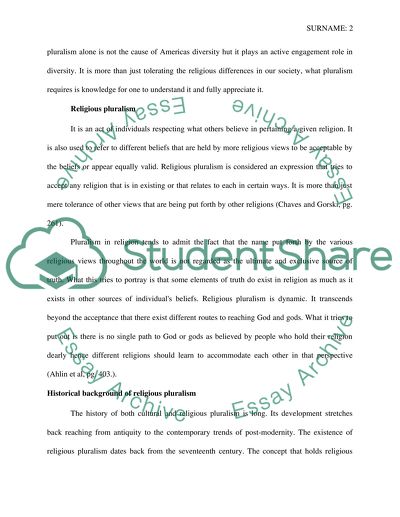Cite this document
(“The Pluralism Project Essay Example | Topics and Well Written Essays - 1750 words”, n.d.)
The Pluralism Project Essay Example | Topics and Well Written Essays - 1750 words. Retrieved from https://studentshare.org/religion-and-theology/1662471-the-pluralism-project
The Pluralism Project Essay Example | Topics and Well Written Essays - 1750 words. Retrieved from https://studentshare.org/religion-and-theology/1662471-the-pluralism-project
(The Pluralism Project Essay Example | Topics and Well Written Essays - 1750 Words)
The Pluralism Project Essay Example | Topics and Well Written Essays - 1750 Words. https://studentshare.org/religion-and-theology/1662471-the-pluralism-project.
The Pluralism Project Essay Example | Topics and Well Written Essays - 1750 Words. https://studentshare.org/religion-and-theology/1662471-the-pluralism-project.
“The Pluralism Project Essay Example | Topics and Well Written Essays - 1750 Words”, n.d. https://studentshare.org/religion-and-theology/1662471-the-pluralism-project.


